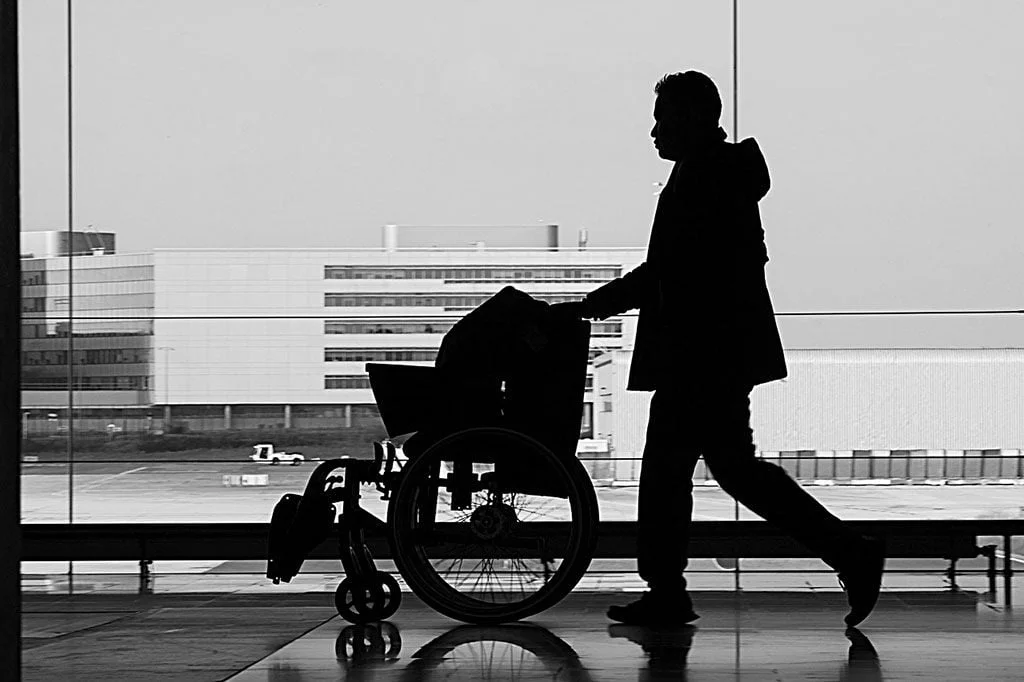The International Air Transport Association (IATA) 75th Annual General Meeting (AGM) unanimously approved a resolution to improve the air travel experience for the estimated one billion people living with disabilities worldwide.
The AGM confirms the commitment of airlines to ensuring that passengers with disabilities have access to safe, reliable and dignified travel, and calls upon governments to use IATA’s core principles for accommodating passengers with disabilities.
These principles aim to change the focus from disability to accessibility and inclusion by bringing the travel sector together with governments to harmonize regulations and provide the clarity and global consistency that passengers expect.
“Airlines were ahead of their time when, 50 years ago, we set out standards to ensure passengers with disabilities had access to air travel. But now we need to go further. The numbers of persons with disabilities travelling by air are set to increase significantly as populations expand and grow older. We applaud the UN Convention on the Rights of People with Disabilities. With today’s resolution the industry is committed to ensure that passengers living with disability can travel safely and with dignity,” said Alexandre de Juniac, IATA’s Director General and CEO.
The resolution requests that the International Civil Aviation Organization (ICAO) apply IATA’s core principles as the basis for its multilateral initiatives on accessibility for passengers with disabilities. This work is vital to help harmonize national legislation and regulations which otherwise could create a patchwork of confusing or even contradictory requirements for passengers and airlines.
Wheelchair assistance
An IATA survey of 48 airlines reported that the requests for wheelchair assistance grew 30% between 2016 and 2017, putting strain onto the quality of the service provided. Airlines and airports are working together to ensure that wheelchair assistance is available to those who need it. In parallel, they are also working to develop other forms of assistance for passengers who are mobile but do not feel comfortable navigating through a large airport.
For passengers with disabilities who travel with their own mobility aids, damage, when stowed, is a major concern. Airlines are working with associations of passengers with disabilities, airports, ground handlers, and regulators, to look at ways to improve this. One option under consideration is to develop standard procedures related to the loading of passengers’ mobility aids.
“We know that many passengers with disabilities rely absolutely on their mobility aids and we recognize that any damage to them can be a serious, even traumatic, issue. Our aim is to ensure that passengers with disabilities can travel with peace of mind knowing that their mobility aids will arrive undamaged and fit for use,” said- de Juniac.












